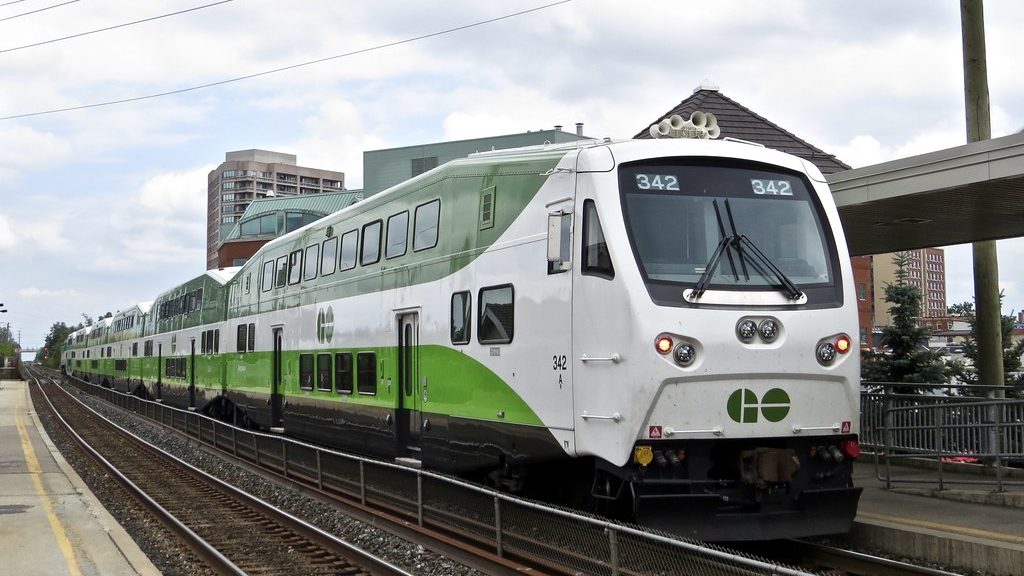5 cities that have buried their expressways
Posted March 4, 2014 2:13 pm.
This article is more than 5 years old.
The City of Toronto is debating the fate of the crumbling Gardiner Expressway, with city staff recommending the 2.4-kilometre portion from Jarvis Street to Logan Avenue be replaced with an eight-lane stretch of Lake Shore Boulevard.
While staff considered the cost and traffic impact of maintaining, improving, replacing or removing the east-end stretch of the Gardiner, they did not consider burying it.
Here are five cities that did place a main artery underground – and what happened next.
Boston’s Big Dig
Planning officially began in 1982 and 25 years later, the Central Artery/Tunnel Project opened on Dec. 31, 2007.
Before the Big Dig, the Central Artery carried both east-west and north-south traffic, leading to congestion. The project replaced a stretch of the I-93 with a tunnel, untangling the traffic.
The project cost at least $7 billion more than expected, the Boston Globe reported in 2008. The Big Dig will end up costing the state $22 billion and it will not be paid off until 2038 – and it has led to traffic problems elsewhere because there’s little money for other repairs and upkeep.
M-30 (Madrid, Spain)
In 2005, Madrid, Spain began major upgrades to its existing M-30, a ring road the circles much of the city.
A large portion of the south end of the M-30 was buried during the three-year project, creating a series of tunnels. Most sections are about six kilometers long, with three to six lanes in each direction.
There are green spaces, footpaths, cycle paths and new affordable housing above the tunnels, according to RoadTrafficTechnology.com.
The total project budget was estimated at €3.9 billion.
Alaskan Way Viaduct (Seattle, Washington)
The 3.2 km tunnel will run under downtown Seattle, replacing a portion of State Route 99 – a waterfront highway – that was damaged in an earthquake.
It’s not scheduled to open until 2015 but the $1.44 billion project came to a grinding halt in December. The boring machine – known as Big Bertha – was blocked by a long steel pipe, the Seattle Times reported.
Cross City Tunnel (Sydney, Australia)
In 2003, Sydney, Australia constructed a 2.1 km-long toll tunnel running from Darling Harbour to Rushcutters Bay.
The $1-billion tunnel opened in 2005 but due to high debt, it was taken over by a private company 2007.
Leighton Contractors and investment bank ABN AMRO now own the tunnel, the Sydney Herald reported in 2007, but it will become public again in 2030.
The newspaper reported that only about 35,000 vehicles a day used it, far fewer than the 90,000 that was expected daily.
Dublin Tunnel (Ireland)
Part of Dublin’s M50 highway is a tunnel stretching 4.5 kilometres from the city’s docklands to the downtown.
When the €750 million tunnel first opened in 2005, it was only for transport trucks and other heavy vehicles. In 2007, it was opened to all traffic and a toll was added, RTE News reported. Heavy Good Vehicles and coaches are exempt from the toll.
Last month, the Irish Times reported the tunnel was so successful, developing a new port would be difficult.










